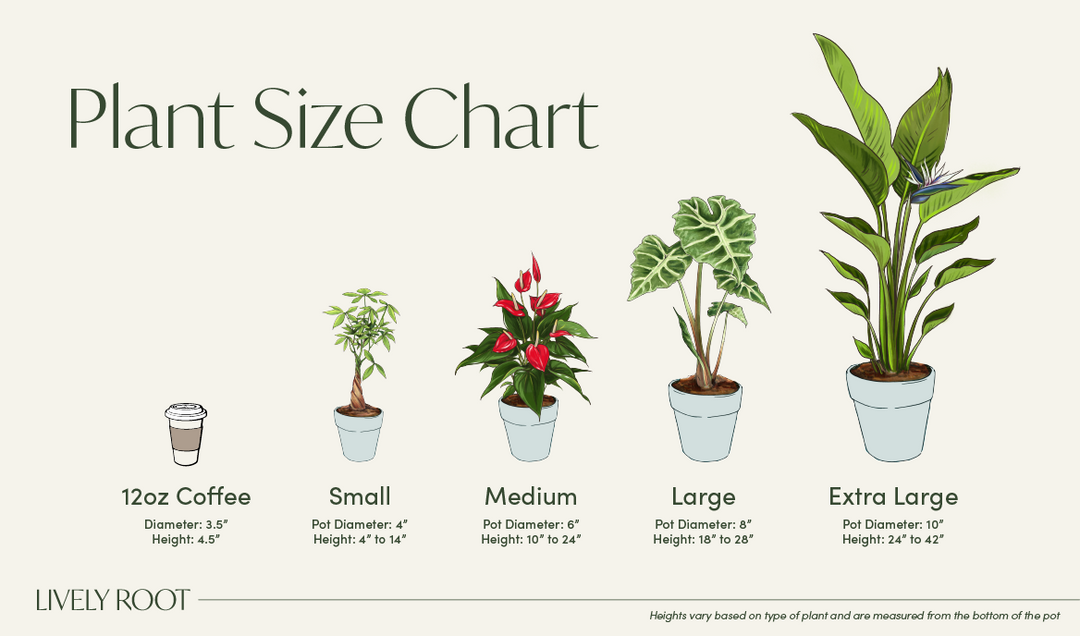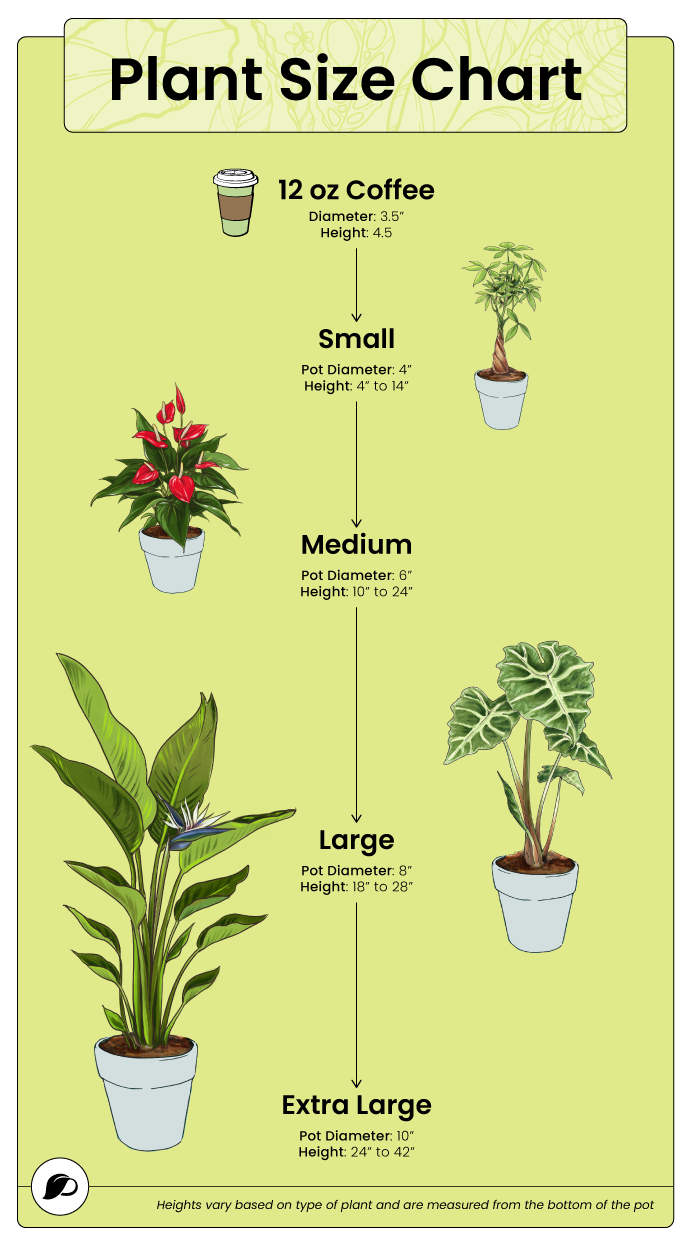Gift Card Balance
Enter the code below to redeem your gift card

The Giant Bird of Paradise (Strelitzia nicolai) is a spectacular plant with broad, glossy leaves and an unusual white and blue flower that resembles a bird. It belongs to the Strelitziaceae family, a distant relative of banana plants. The plant is native to South Africa but has been successfully naturalized in parts of Mexico. It can grow outdoors in hardiness zones 10-12. As its name suggests, it can grow very large, reaching up to 30 ft. in height in the wild.
Although its lifespan depends mainly on its growing conditions, Strelitzia nicolai is a plant known for its remarkable longevity, up to 50 or more years. The Bird of Paradise plant is very sun-loving and can tolerate several hours of direct sunlight daily. This fantastic tropical plant is very low-maintenance and is a good fit for people new to gardening. However, if ingested, it’s toxic to pets, so make sure that you keep your Bird of Paradise plant out of your pet’s reach.
The Bird of Paradise has a powerful association with exotic, distant lands. It symbolizes joy, excitement, and freedom and is believed to bring good luck and prosperity in Feng Shui. As a gift plant, it symbolizes faithfulness in love and is a popular choice for the ninth wedding anniversary.
Other plants from the Strelitzia family are the Narrow-Leaved Bird of Paradise (Strelitzia juncea), an endangered variety, and the stunning bloomer Orange Flower Bird of Paradise plant (Strelitzia reginea).
Bird of Paradise Plant Benefits
The Strelitzia Nicolai Giant Bird of Paradise is an absolute stunner with its striking, bird-like flowers and dramatic leaves. Nonetheless, it’s easy to grow both indoors and outdoors if you know the following Bird of Paradise care tips:
The Bird of Paradise plant is relatively drought-tolerant and doesn't like wet feet. Water your Strelitzia plant well every 1-2 weeks and let the soil dry before watering again. The White Bird of Paradise thrives in moderate humidity levels of 30-50%, but it can tolerate higher levels of moisture in the air.
For the best Bird of Paradise plant care, as an indoor plant, place your Strelitzia nicolai, where it would receive several hours of bright direct light. If you want to grow your Bird of Paradise as a patio plant, ensure it’s in the shade. Keeping it out of direct sun rays (preferably only catching the morning sun) will prevent leaf burn. Strelitzias grow best at 65° F - 80°F.
This large tropical plant prefers well-draining soil that you can mix with some perlite for best results. Feeding this flowering plant with a balanced fertilizer twice a month is essential to encourage abundant blooms. Repot your Bird of Paradise plant in a year or two when it outgrows its pot. You can propagate your plant by dividing the rhizomes when repotting.
Spring is the best time to prune a sizeable indoor Bird of Paradise. Remove dead leaves and flowers to keep the plant compact and lush. Clean the leaves under a shower to eliminate dust. Check your Bird of Paradise plant regularly for leaf issues and insect pests, like aphids and mealybugs. Other common problems with this plant include bacterial wilt and leaf spot.
With its striking deep green foliage, a large Bird of Paradise plant can be a beautiful statement all on its own. But by combining it with other plants, you can create a stunning jungle corner with exotic vibes.
When choosing a Giant Bird of Paradise for sale, combine it with other sun-loving plants to create your very own green oasis:
While the Bird of Paradise is a fantastic house plant, it is toxic to cats and dogs, so pet owners may want to consider these pet-friendly alternatives:
Bring the thrill of the tropics into your home with a lush White Bird of Paradise plant today!
Follow us @livelyroot & show us your #livelyroot plants

